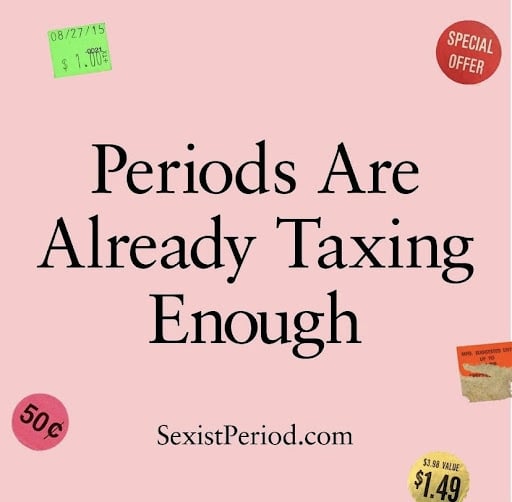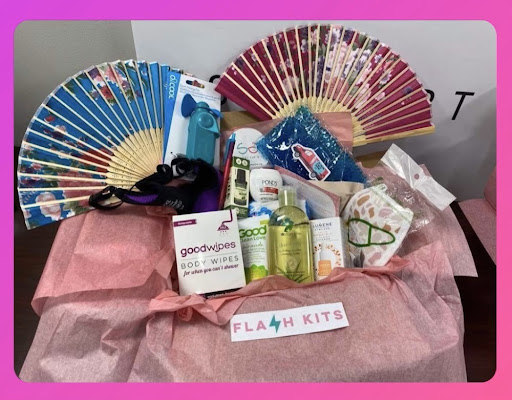Feature Image Source: Pexels
By: Sarah Freya
When refugees arrive at a supposed “haven,” they are often met with language barriers, culture shock, and housing insecurities. For refugees that menstruate, this prejudice even extends to their reproductive health and monthly menstruations.
Recent data from UN Women shows that 50% of all displaced persons are female; this equates to millions of women who struggle to safely menstruate every month. What does experiencing menstruation mean for refugees, and what is being done to help them?
The Big Red and Where We Are
There is a stigma that surrounds the menstrual cycle in many cultures; this inevitably affects accessibility to and knowledge on proper hygiene. Global One conducted a study on displaced women and refugees from Syria and Lebanon, revealing that 60% of females in these camps had no access to underwear and sanitary products. Meanwhile, in an interview with refugees from Egypt, news agency Reuters found that many women had difficulty even asking others for the products they need. Apart from the communication hurdles, menstrual needs have continued to be overlooked, particularly because periods are still seen as shameful or excessive expenses. Following the COVID-19 pandemic, many budgets got slashed. This, unfortunately, includes sanitary item budgets.

Breaking the Taboo
These hurdles make it ever more important for us to break this taboo and provide necessities to displaced women in refugee camps. Otherwise, there can be serious physical, mental, and social repercussions. Though menstrual taboos are deeply rooted, there are efforts that can slowly but surely bridge the gap between refugee women and better menstrual hygiene.
Education
The first major step in dismantling the taboos of menstruation is to educate people on why displaced women need to maintain menstrual hygiene and how to do so. Globally, there are now various programs created to teach individuals all about their period in an actionable and digestible way, such as Boston University’s Project RED. In this program, rural Malawian villages were provided with menstrual support classes and taught the local population how to make reusable sanitary pads. This is aimed at women and girls in Malawi who lack menstrual management education and understanding.
In addition to this step, it is necessary to explain the possible health risks associated with poor menstrual management. For instance, studies have shown that poor menstrual practices have been linked to the development of cervical cancer.
Community Efforts
Only 4.5% of all global aid projects specifically targeting women’s rights, many communities have taken the responsibility of bringing menstrual and reproductive health resources to female refugees. Donation drives have been a source of safe products for individuals who need them. The I Support the Girls (ISTG) non-profit organization is one such effort that ensures displaced and homeless women have access to clean underwear, bras, and menstrual hygiene products at easy-to-find donation points. This non-profit thrives because people donate financially and in-kind so that these essential supplies are always replenished. In the Afghan disaster relief efforts, ISTG donated over 60,000 menstrual pads, bras, underwear, and requested toiletries.
Community donations are even more critical now in remote camps like Moria on the Greek coast, where women’s sanitary needs are the last priority. Currently, one of the few sources of menstrual products in Moria is NGOs like Becky’s Bathhouse which recently supplied 1,800 women with period products. Community-driven efforts like this are some of the best ways one can help refugee women even from afar.
Though totally dispelling every taboo about women’s health will not happen overnight, we can all do our part to make the present a safer and more understanding place, especially particularly for these survivors. For more information on women’s health, the current state of refugees, and aid programs you can join, please check out I Support the Girls.





